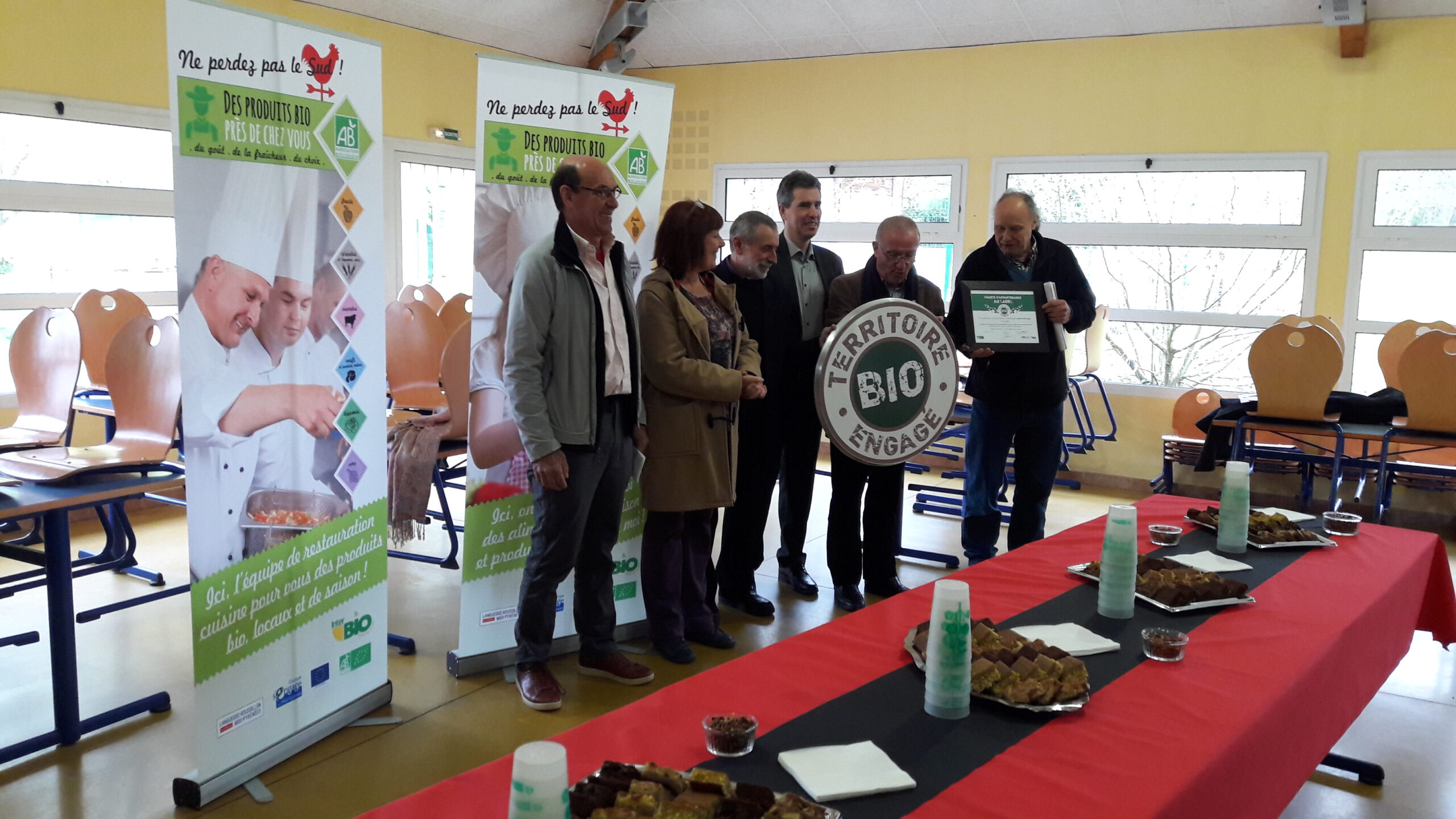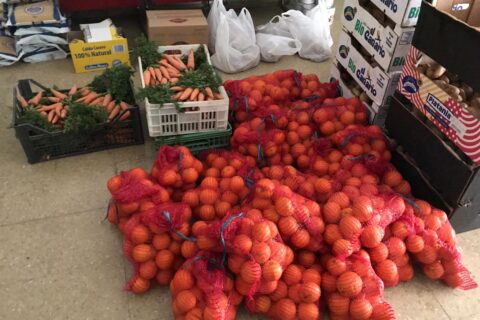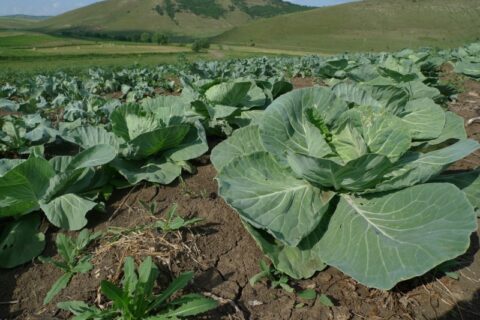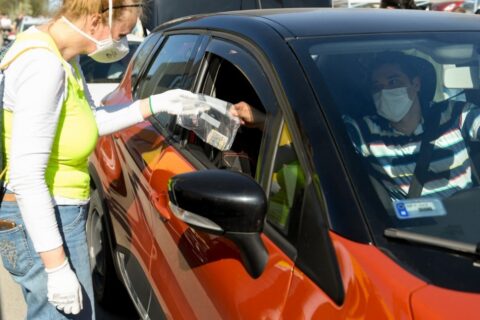
Short description
Name of the initiative? Séronais Central Kitchen
Country France
Region Ariège, Community of Communes Couserans-Pyrénées
What kind of initiative Farming/Production, Education/Training, Environmental, Community, Policy making
Key words Green public catering, school canteens, farmer association
Success factors
Briefly describe what your initiative is about Bringing green public catering to a central kitchen for school kindergarten and portage of meals for the elderly with the involvement of farmers, chefs, families, teachers, animators and local policymakers.
The Story
It began during 2000 with a demand from the parents to improve the food at the school. The school was making 350 meals a day. Parents wanted their children to eat healthy, more organic meals.
“Parents wanted their children to eat healthy, more organic meals.”
CIVAM Bio 09 (my organisation), a part of Bio Occitaine, supported the parents to construct a group with all the actors of the food: the farmers, the teachers, the children, the chef and the mayor. They started by visiting an example of a school canteen in another region where a green catering project had already been done – parents, teachers, chef, elected members and farmers all went to learn what was possible.
After this the initial group defined their objectives (maximum of organic food, especially from the region), then conducted a diagnostic on what was available and what could be done to improve things, for example they found out what the local farmers could produce, and how the menu might be changed. They organised a group of farmers who could supply different organic meat for the school on different days of the month. One might supply the school with beef, another lamb, another pork. This meant the municipality would adapt the school menu to introduce a particular meat to fit with that particular farmer’s slaughtering schedule. The supply is regular and traceable, and the farmers can rely on a regular order. The farmers also adapt to fit around each other. The animal farmers formed an association ‘La Source’ to sell the meat in this way and this association now provides other canteens in the region.
Working together with all the different actors right from the beginning was key for collaboration. We needed them all to be at the table.
“If the first organic item a farm could produce for us was carrots, we’d start with carrots.“
The project was made step by step. If the first organic item a farm could produce for us was carrots, we’d start with carrots. The following year we might add the meat – we didn’t start with that. Doing it step by step was more structured for the farmers and allowed the project to be sustainable.
“the topic was not to reduce the price for the canteen but to equilibrate the cost for both parties.”
The CIVAM Bio 09 and Bio Occitaine defend a right and gainful price for farmers and the topic was not to reduce the price for the canteen but to equilibrate the cost for both parties. It was one reason why, in order to do something sustainable and accepted by all people, a vegetarian menu every other week was introduced. 20 years ago, in France, it was difficult to do that. We had to have a doctor explaining to the parents that a vegetarian menu was healthy for their children and good for the planet too. We also worked in afterschool clubs to teach the children about where their food comes from and why organic food is valuable.
This canteen achieved 50% organic purchases. The quality of meat has improved while the quantity of it has gone down. It has been a balance, but it has reduced waste and we’ve managed to do it on a similar budget.
“Each time we form a group, run a diagnostic and approach the objective together. It’s very important to go through this process each time so we can adapt to the situation of each territory. “
After this experience we helped organise exchanges between several public food chefs. The method we used in this project we have reproduced in different types of public procurement – in other school canteens and retirement homes. Each time we form a group, run a diagnostic and approach the objective together. It’s very important to go through this process each time so we can adapt to the situation of each territory. Each new group needs support with the process – that’s our role. Green food is often not the focus for the municipality, so we can be there for them and say, ‘OK we can help you do the next step’.
Additional information
FNAB: https://www.repasbio.org/ and http://www.restaurationbio.org/
Video of the experience (in French): https://vimeo.com/23256689 (from 36:38)
Experience sheet of the canteen (in French): https://www.bioariege.fr/site/pages/uploads/documentstelecharger/documentation/Resto%20Co/Retours%20xp%C3%A9/Fiche%20CUISINE%20CENTRALE%20SERONNAIS.pdf
Global presentation of the CIVAM Bio 09: https://www.bioariege.fr/article/nos-actions-2
—
Repository compiled by: Magali Ruello
E-mail contact: magali.ruello@bio-occitanie.org



